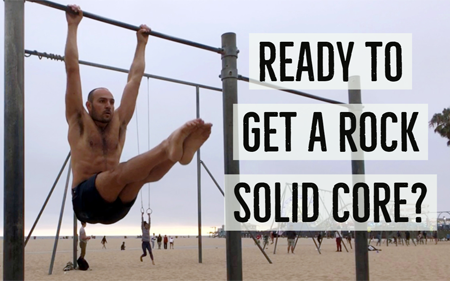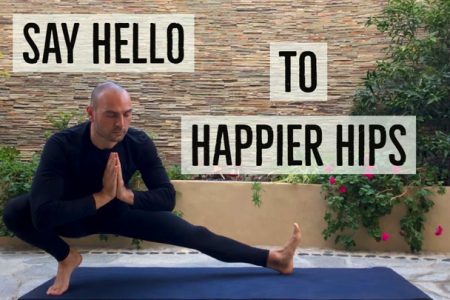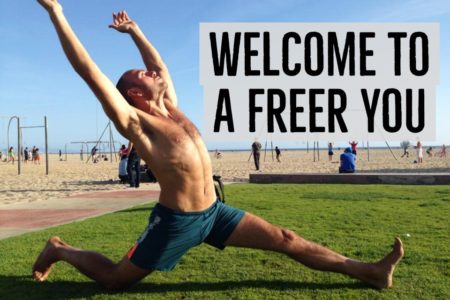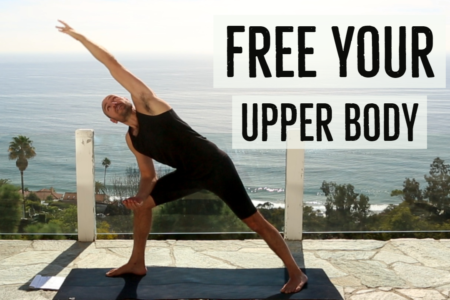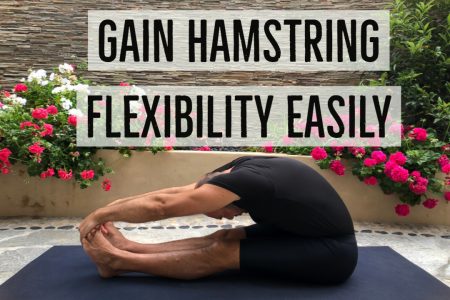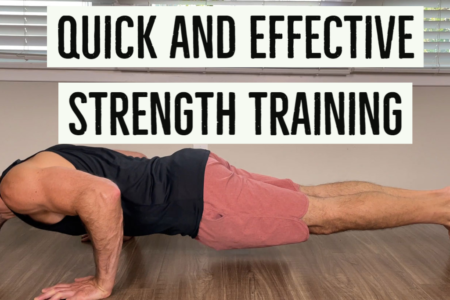Coagulation Cascade (Quick Physiology Refresher)
We have inactive clotting factors floating in the blood stream that become activated clotting factors. Prothrombin is converted to thrombin. Fibrinogen is converted to fibrin. Fibrin forms a lattice net. Platelets adhere to this net and a that’s how a clot is formed.
- Clotting factors activated
- Prothrombin converted to thrombin
- Fibrinogen converted to fibrin
- Fibrin forms a lattice
- Platelets bind to the lattice
Antiplatelets
An antiplatelet drugs inhibit platelets from adhering to the fibrin lattice. So if a clot exists, it prevents the clot from getting larger.
It can be used in the case of TIA (Transient Ischemic Attack), cardiac prosthetic valve, or post MIA. We talked about low-dose aspirin when we talked about salicylates. Review that post for a refresher.
There’s a couple antiplatelet alternatives when aspirin is not allowed:
- Dipyridamole: alternative to aspirin
- Clopidogrel: alternatives to aspirin
Anticoagulants
Anticoagulants prevent the formation of new clots by interfering with this coagulation cascade. If a person already has the clot, anticoagulants will not help because the fibrin net is already present. So how does a person get rid of a clot? The body internally gets rid of it, by converting plasminogen to plasmin. Plasmin is the body’s own thrombolytic but it takes months to a year for it to work. So in the mean time we use an anticoagulant so new clots don’t form. Clots are most commonly found in the legs (venous thrombosis) or lungs (pulmonary embolism). The risk of anticoagulants is bleeding in case of injury (or internally in an overdose) since clots can’t form to stop the bleeding.
Recap
- Prevents coagulation cascade
- Prevents progression of clot
- Does not directly dissolve clots
- Allows internal plasmin to dissolve clot
Thrombolytic
Thrombolytics, unlike anticoagulants and antiplatelets, actually dissolve the clot. They are only used in extreme situations where there is a life threatening clot (severe pulmonary embolism; stroke) because the risk of bleeding is very high with thrombolytics.
